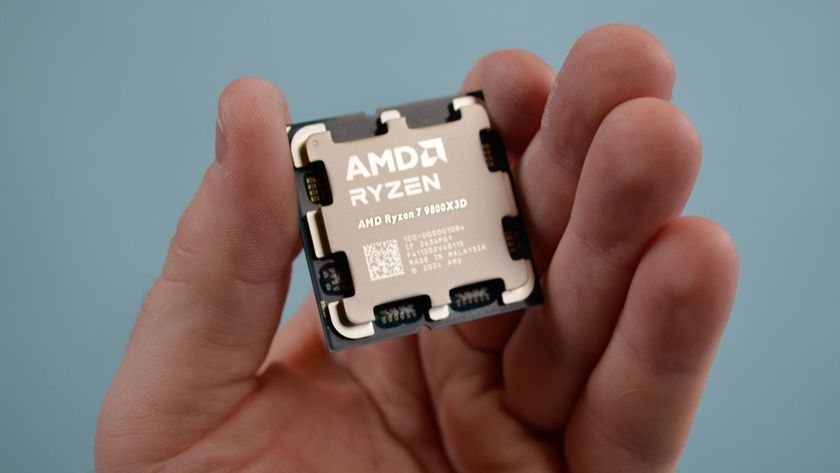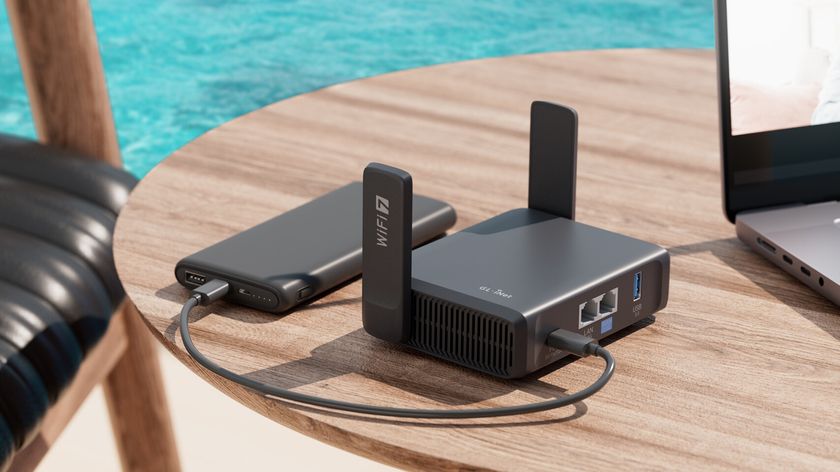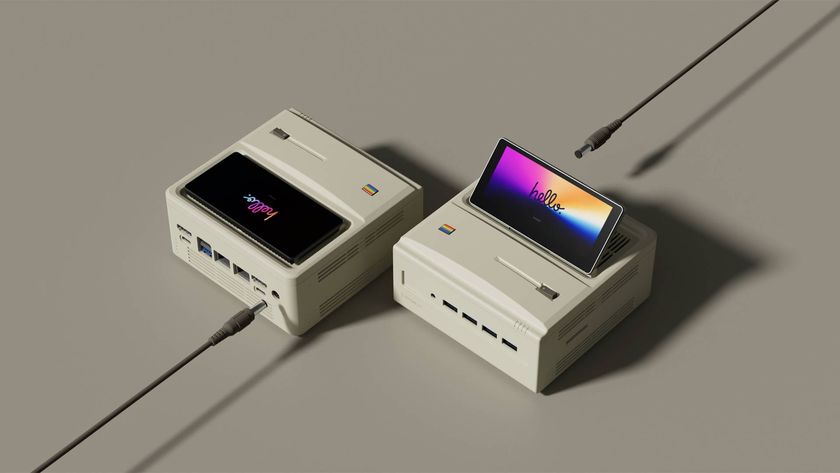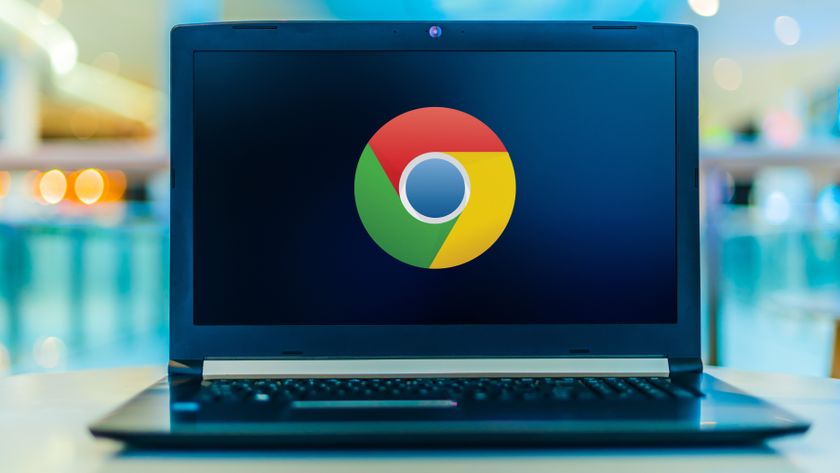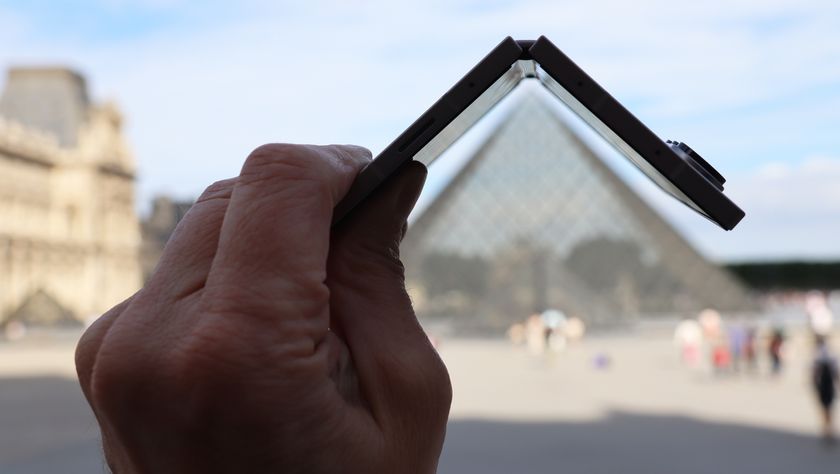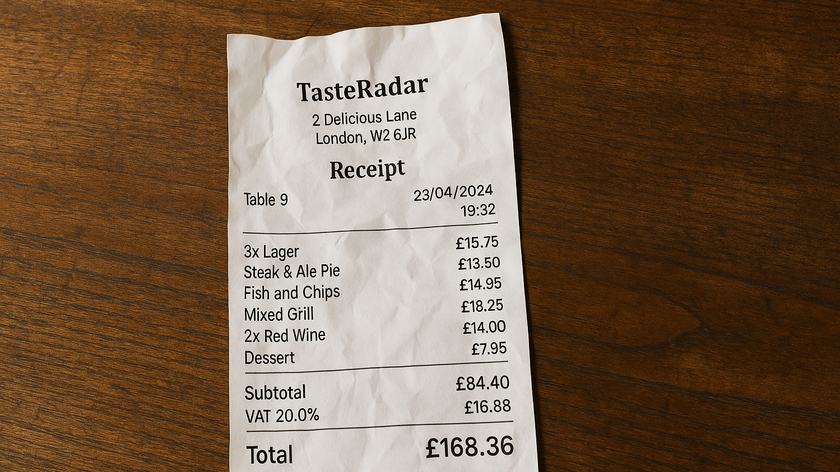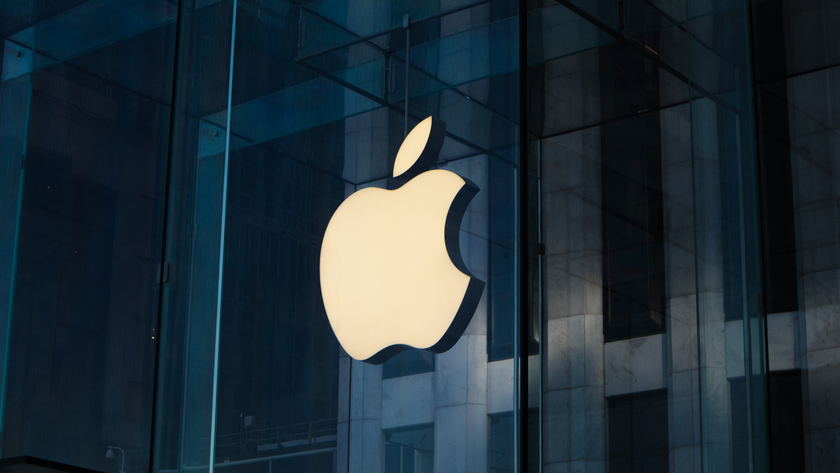'Intel doesn't design actual products'
Why Intel wants to create platforms and services - not just chips
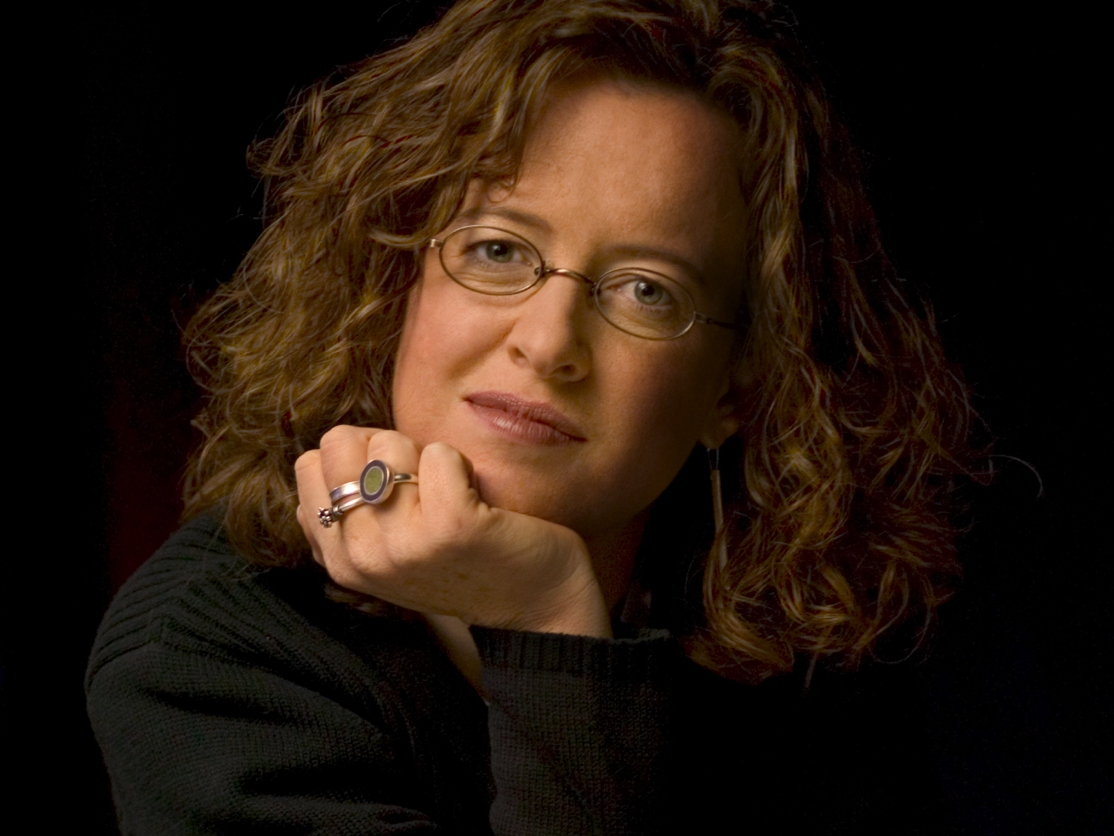
Never mind the technical details of Sandy Bridge or the 50Gbps silicon photonics link; what Intel wants to create is not just chips but platforms and services - and it's depending on Genevieve Bell's Interaction and Experience Research Lab to make them right.
Bell is an anthropologist as well as by training; her father was an engineer, her mother another anthropologist and she spent much of her childhood on field studies among aboriginal tribes.
With that background, she looks at what makes new technologies successful in a very different way. Take electricity.
Consumers already had gas lights and oil lamps and candles but an electrical supplier in Niagara made electricity interesting by throwing glamorous parties with women – known as the electric fairies - in diaphanous frocks standing on electrical wires and clutching lightbulbs.
The way the latest iPhone adverts don't mention that it's a phone? That reminds her of the way Bell labs persuaded people to buy a second phone with the 1959 Princess phone, a telephone that came in five colours and was advertised with the slogan "it's little, it's lovely, it lights; at no point," points out Bell, "did they suggest that it makes a telephone call or talk about how many calls it makes or how long the cord is or that you might need a phone plan…"
Thinking about experience
It's not easy teaching the engineers at Intel to think as much about the experience as the product that their technology will create, says Bell but she thinks it's vital.
Get daily insight, inspiration and deals in your inbox
Sign up for breaking news, reviews, opinion, top tech deals, and more.
"Intel doesn't design actual products," she explains – and her lab isn't trying to create products that OEMs will just put their name on. "But unless we know what we need to deliver ultimately, it's hard to design things right."
Before the Experience Lab, she was working with the Digital Home team; a job she jokes that she got because of her criticism of Intel's ill-fated Viiv platform; while Intel engineers were promising to "unleash the PC in your TV" she was pointing out that people already had a screen in their living room and they didn't want it to behave anything like a PC.
"We put up with things in PCs that we would never put up with in a TV. Imagine the first time the TV told you it needed a new driver or the first time your Tivo said it needed to defragment before you could record a programme – or the first time your TV blue screened!"
Instead, she says, Intel should have been asking "What is the essence of TV that people love so much? What is it that's so compelling that we still organise our day, our time and our furniture around it?" The very un-PC answer is that "People love TV because it's not complicated. It's one button to a story they care about."
Mary (Twitter, Google+, website) started her career at Future Publishing, saw the AOL meltdown first hand the first time around when she ran the AOL UK computing channel, and she's been a freelance tech writer for over a decade. She's used every version of Windows and Office released, and every smartphone too, but she's still looking for the perfect tablet. Yes, she really does have USB earrings.
